Here are a few diagrams more diagrams from the paper to tempt you!
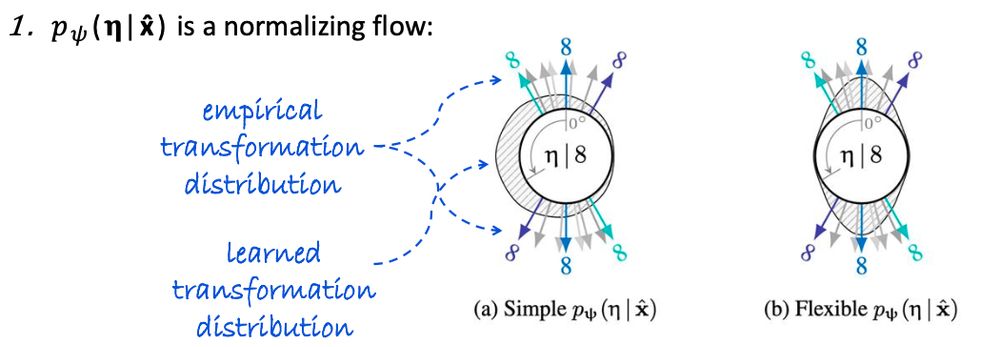

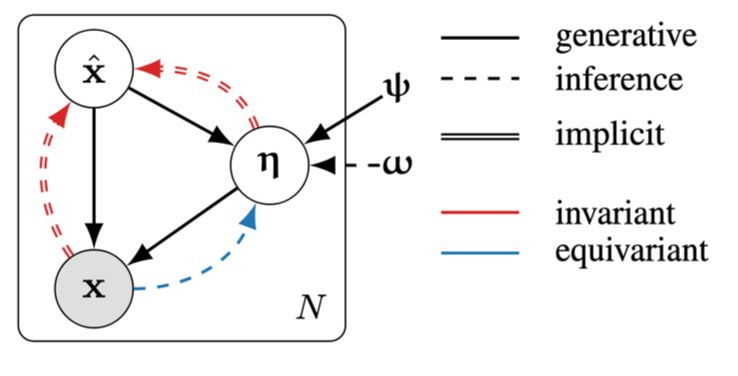
Here are a few diagrams more diagrams from the paper to tempt you!
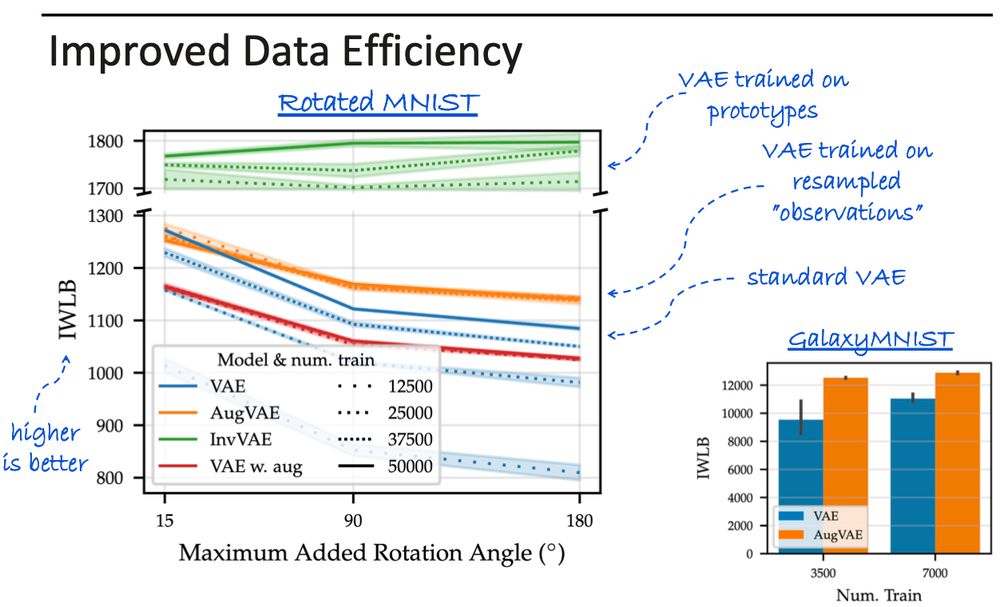
E.g., 9's and 6's can be rotated into each other, and 1's can be rotated 180 deg w/o change.

E.g., 9's and 6's can be rotated into each other, and 1's can be rotated 180 deg w/o change.
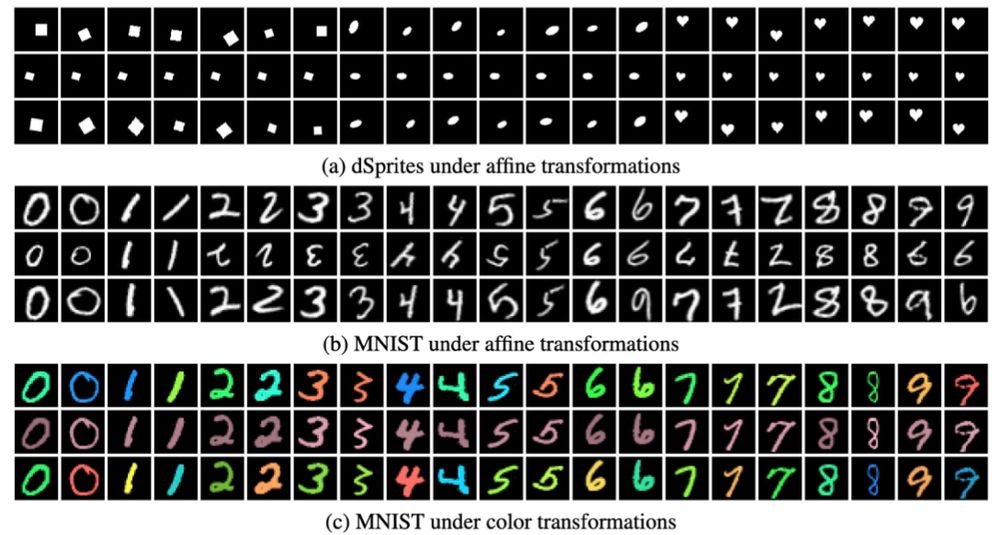
paper: arxiv.org/abs/2403.01946
code: github.com/cambridge-ml...
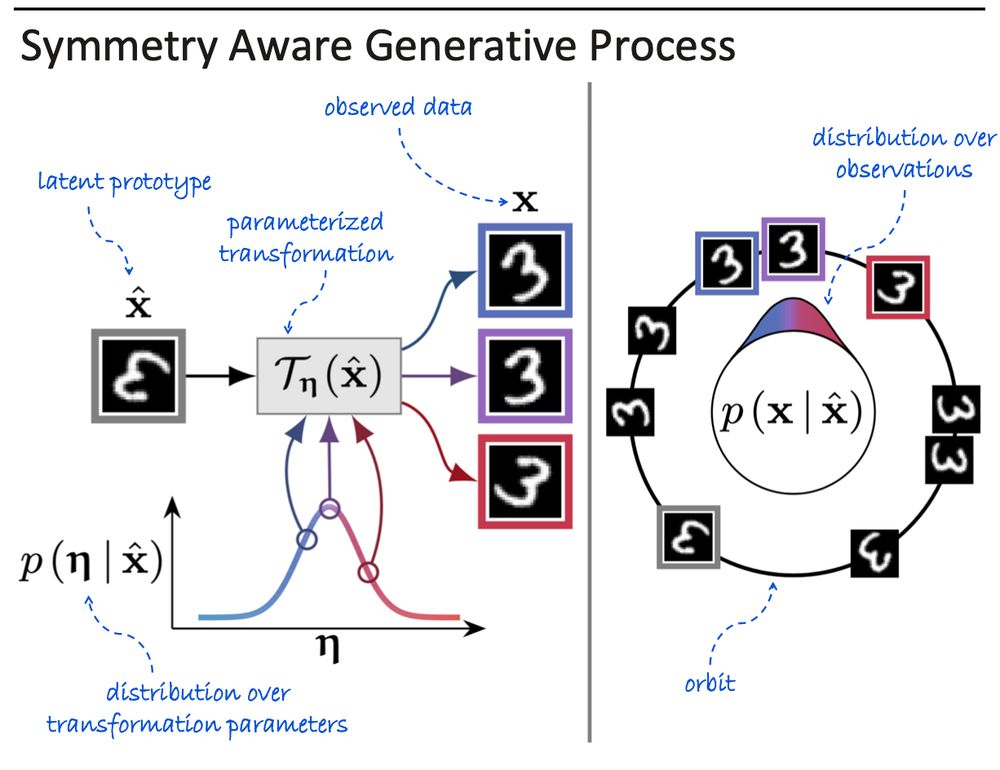
paper: arxiv.org/abs/2403.01946
code: github.com/cambridge-ml...

